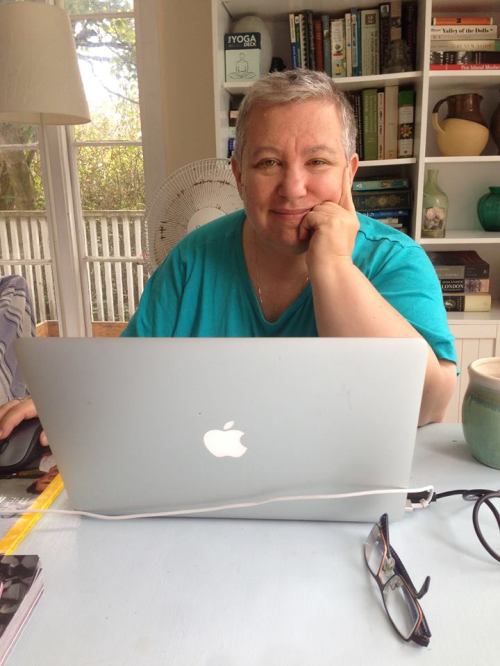 They say “Books are never completed, they’re just abandoned.”
They say “Books are never completed, they’re just abandoned.”
As an author, I’ve found this to be true. Even though I might think a book is finished once I get to the happily ever after and type “The End,” the characters usually refuse to give up the real estate they’ve occupied in my head. As a result, their stories continue silently in my mind, as I fold laundry or brush my teeth or space out during a meeting.
But these are definitely not the stories that will go into future books because they have very little conflict, drama or tension. Instead, my “tomorrowland” is a pretty happy place to be. All the time!
So if you’ve read my three books (or even if you haven’t) you might be amused to hear what I’ve got going on with these folks.
Robin and Tracy from Exception to the Rule:
Together now over 20 years (you’ll recall they finally became a couple in 1994), Tracy is happily ensconced in her profession as a psychologist in private practice with an adjunct appointment at Columbia. She’s still taking dance classes for fun, still has an intense interest in fashion and has taken charge of the small family foundation she and Robin have created now that they have amassed some wealth from Robin’s writing. Robin is a famous writer with many books to her credit. She also penned the screenplay for her first novel, Home Town, which was nominated for an Academy Award. So it was off to the Oscars for our two lucky heroines. But through it all, Robin is still the same wise-cracking, down to earth kid she was in college, though far less cynical. And she still spends a lot of time working to help homeless LGBT youth. Oh, and did I mention, they have a son; a little blonde haired boy named Jonathan Patterson-Greene.
Angie and Jan from Love Is Enough:
The epilogue of this book actually took place in 2016 on election night when Angie will be elected to the US Senate. Like Robin and Tracy, Angie and Jan also have a child; a little girl named Josie. And Angie is pregnant again. Next year she’ll give birth to a son, Peter Antonelli Clifford.
Elizabeth and Ruth from Getting Back:
After their 30-year estrangement, they are finally back together, married, and spending a lot of time with their friends from Fowler College as well as with their (now combined) families. With the recent death of Justice Scalia, Ruth’s name has surfaced on the short list for the US Supreme Court. Many LGBT organizations and media are urging President Obama to appoint her, but Ruth is trying to turn the volume down a bit because she doesn’t think she’s really being seriously considered and, after waiting so long to begin her life with Elizabeth, she’s not really sure she wants to keep working into her eighties.
As for Margaret Halperin, Elizabeth’s best friend, who runs a successful public relations firm in Hollywood, well, her story is not yet ready for public display. Instead, one day she will be at the center of her own book. Stay tuned…


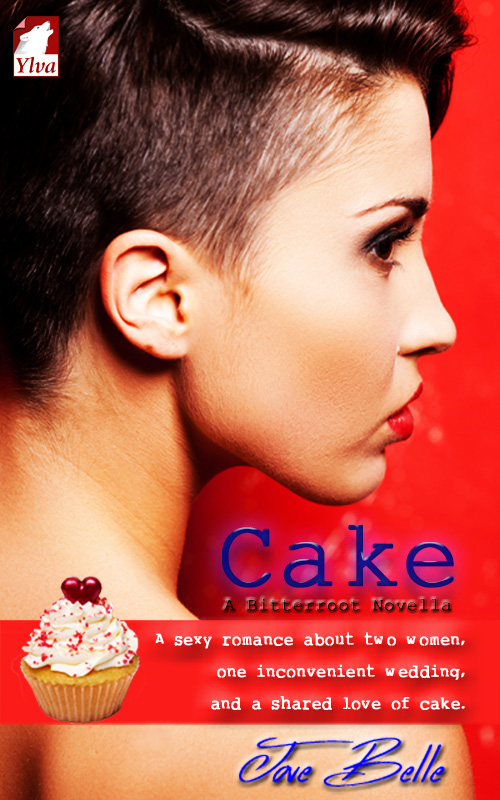

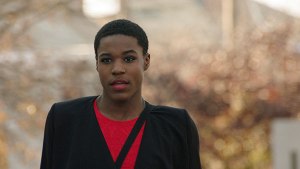
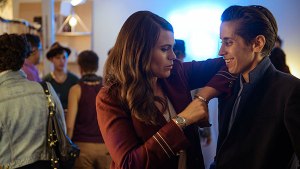


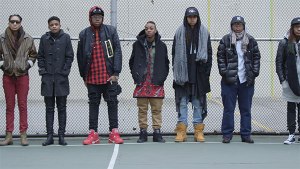

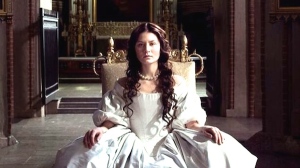
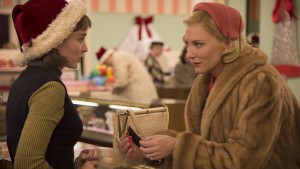
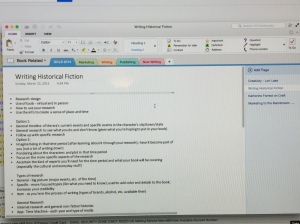

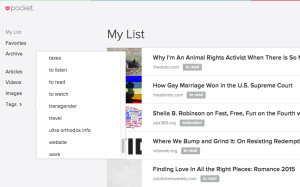


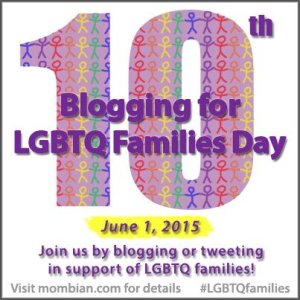

Recent Comments